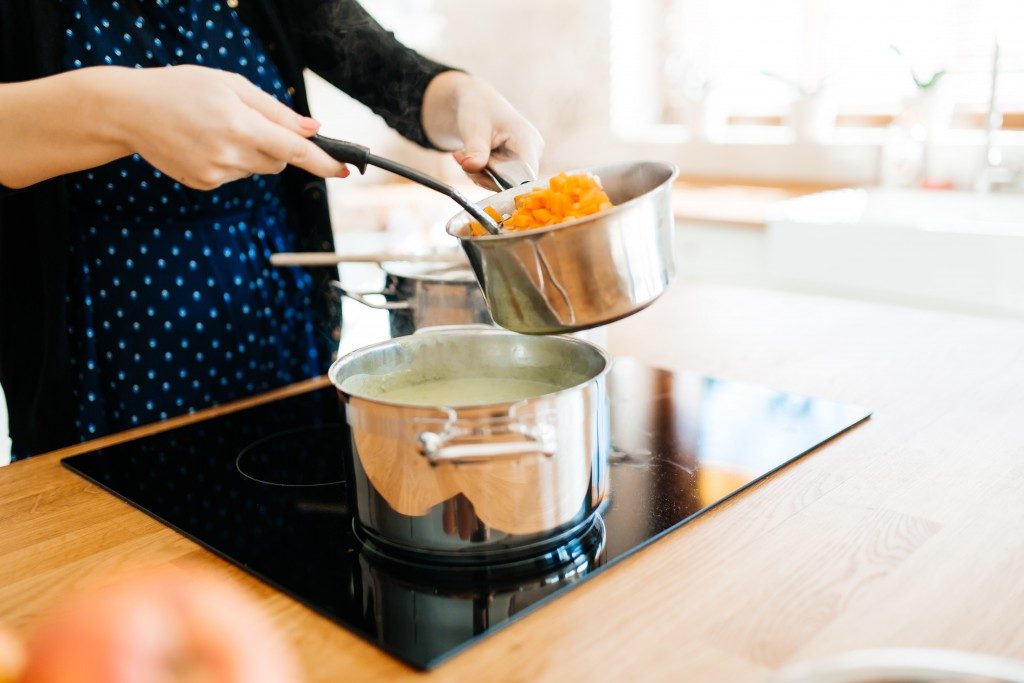Who doesn’t love good food? It can often seem like everywhere you look, someone has a great food story to tell. Some people even post more pictures of local dishes and unique treats on their travels, than photos of themselves. Many of them go on to pursue their passion for food and cooking into a thriving café or restaurant business.
Still, you may find that passion is only part of the equation. It will take an equal appetite for the business aspect of running a restaurant to be successful in the industry. Among other things, this means tackling the need to keep your kitchen clean and organized – and ensuring corresponding discipline among your workers.
Here’s how to set up a system that can simplify this challenging yet essential task for you.
Educate
As the business owner and head chef, you have an overview of all the operations that go into a successful food business. You know not only what’s involved but the rationale behind each step and decision. And that goes not only for ingredients and when to add them – it’s also knowledge of safety procedures and workplace hygiene, for instance.
This sort of know-how usually comes with extensive experience and education, and these won’t be possessed in equal measure by everyone who’ll ever be working in your kitchen. Take the time to explain to crucial personnel the criteria to pass a health inspection, the proper care, and maintenance of appliances; you can’t take for granted that things you know are known to everyone in the workplace.
Create a list
Draw up a checklist of everything that needs maintenance in the kitchen. Then sort them by the frequency of each task. Taking out the trash and sanitizing surfaces should be done daily; cleaning ovens and coolers, weekly, and so on.
You may know these things by heart, but as you bring more people into the kitchen, they tend to perform more specialized tasks and may not know the best practices. Add some bullet points to your list. For example, make sure that the round floor drain has its strainer securely in place when mopping or wiping down walls, to prevent debris from entering.
A list of things to take care of in the kitchen could go on and on. Make sure it’s well presented and organized. If you’ve got someone on your team with design skills, they could help in making printouts with a clear visual hierarchy to emphasize the importance and sequence of cleaning steps.

Involve professionals
You should make sure your employees also know when to bring in professional help. Certain tasks such as fire safety inspection or hood exhaust cleaning are done only once or twice a year, but you can’t leave them in the hands of untrained workers. Include the contact details of your local services for such matters, so that anyone in charge can call the right experts when necessary.
Ensure accountability
A system is only as good as the people implementing it. When you draw up your checklist and give the schedule to your workers, it can feel like your part is done. Remember that people can forget or put off things, especially when the boss isn’t around. You don’t want to hover around constantly, so build a culture of accountability. Delegate some responsibility to trusted floor leaders so that tasks are done consistently on schedule even when you’re not around.
You entered the food industry to cook, not clean. Set up a strong system to ensure health standards and top-notch organization in your kitchen, and you can continue to focus on doing what you really love in this business.



